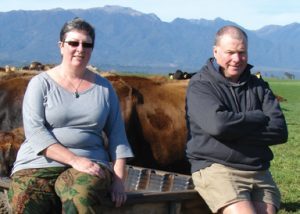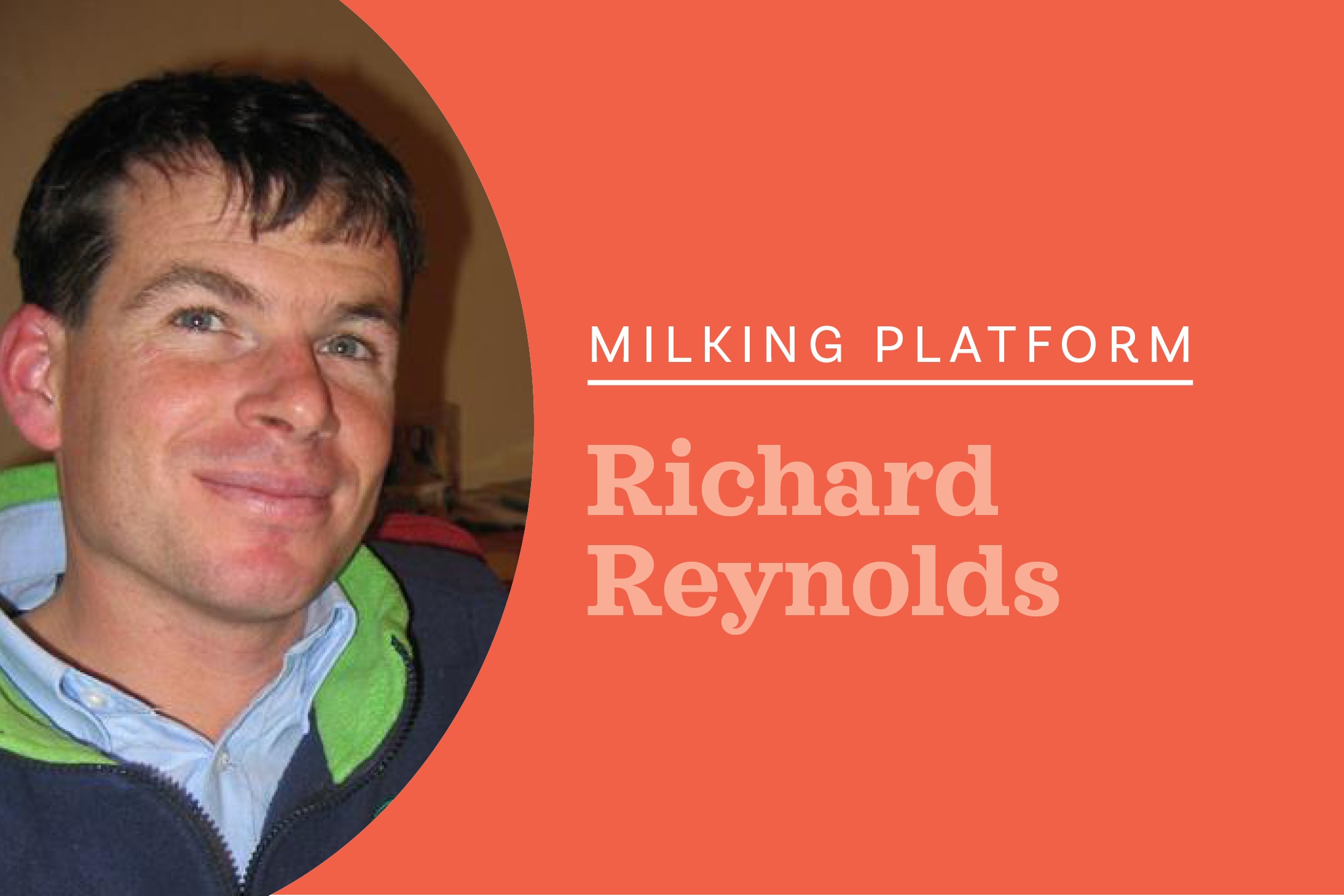We like change, and always enjoy trying new ideas. From flexible milking regimes to growing suitable crops and all the way through to improving paddocks through improved drainage.
For example:
- We use satellite pasture walk information (S.P.A.C.E) and find this invaluable and extremely accurate.
- Dissolved urea liquid fertiliser in the spring – with great results.
- Whole farm soil test – so we don’t over do anything (or waste anything).
- One thing that we haven’t really tampered with is the breeding of our herd. This herd was put together on a conversion that we did back in 1993. Milking 200 cows the first season (170 in-calf heifers in four lines out of Taranaki, and the remaining numbers made up out of budget cows). Everything is fully recorded. Breeding worth for breeding, and production worth for culling and later using liveweight as well, that’s how we have stayed ahead of any bad traits creeping into the herd.
- Why not milk a good cow instead of a poorer producing cow? It costs the same to feed them and the returns are better.
- Four herd tests per season (Single sample now, originally two samples years ago).
- Seven weeks artificial breeding to daughter proven bulls. (Trying the Forward Pack this next mating).
That’s pretty much how it goes year on year. However, this season, we embarked on using some sexed semen for the first time (LIC fresh sexed semen). I can remember this being talked about years ago by my parents, when our family had a huge involvement in LIC. As it was in its infancy then it was too costly at that time to use, particularly as cow numbers were climbing in New Zealand to chase the huge appetite for dairy products worldwide.
Now times have changed and it stacks up for it to be commercially viable. We ran with three straws per day for 21 days and got 27 in-calf. 90-95% of those will be heifers (there is still a 5-10% chance of a bull). We had no preconceived ideas on how this would go and ran with the traffic light programme given to us, which told us the most suitable candidates for breeding on the day.
So, the next part of the exercise is to maximise the best return from the replacement calves we have arriving this coming spring.
What are the options?
- Larger number of replacements to choose from.
- More condensed replacement time frame, which relates to a tighter weaning pattern.
- More chance of selling surplus heifer calves (it’s a very fickle market for this now).
What’s around the next corner?
I’m sure the image of bobby calves going to slaughter is going to be one of the trickiest areas in our remaining time as dairy farmers. Is there any one idea to fix this? I don’t think so. We will have to wait to see what new innovations come to the forefront to ease this problem.






